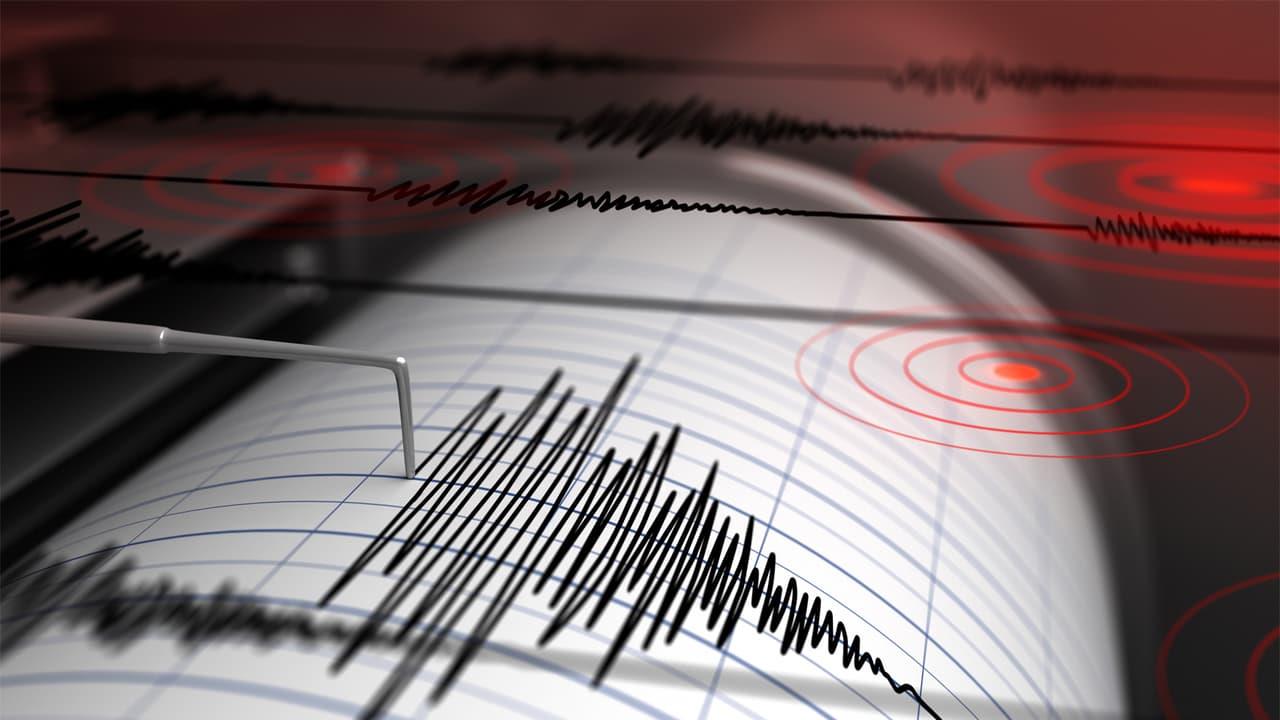
MIT Study: Earthquakes Release Intense Heat That Can Instantly Melt Rock Deep Underground
When an earthquake occurs, most of us think about the ground shaking. But recent research shows that shaking is just a small part of what is happening. In fact, most of the energy released during an earthquake turns into heat which is so intense that it can melt rock in a very short time. A group of researchers from MIT has been studying“lab quakes,” small, controlled versions of earthquakes that are created in a laboratory. This study was published in AGU Advances and supported in part by the National Science Foundation.
These experiments help scientists understand how energy from an earthquake is distributed between shaking, breaking rock, and generating heat. Their findings indicate that about 80% of the energy from an earthquake goes into heating the area around the fault, where the rocks are moving.
Only around 10% of the energy results in shaking that we feel on the surface, and less than 1% is used to break rocks and create new surfaces. In some cases, the heat is so strong that it can briefly turn solid rock into molten material.
What Happens Below the Surface
Earthquakes occur when energy builds up in rocks deep beneath the Earth's surface. This usually happens as tectonic plates push and grind against each other. Over time, this stress becomes too much, and the rocks suddenly shift, releasing energy in the form of an earthquake. Most of what we feel is the shaking, which can be recorded using instruments like seismometers.
However, what we don't typically see, the heat and the breaking of rocks underground, is much more difficult to measure, especially since these processes happen deep beneath the Earth's surface.
To better understand how energy is actually used during an earthquake, scientists at MIT created mini earthquakes in a laboratory setting. These experiments give researchers valuable insights into how real earthquakes might behave and how damaging they could be.
Recreating Earthquakes in the Lab
To simulate an earthquake, the team used samples of granite, a common rock type found in the Earth's crust where earthquakes typically start. The granite was crushed into powder and tiny magnetic particles were added. These particles are useful because their magnetic field changes with temperature, allowing researchers to measure the heat generated during the quake.
The powdered granite was placed between two pistons and wrapped in gold foil. Then, using a specially built machine, the team slowly applied pressure to the sample. When the stress reached a certain point, the sample would suddenly slip, replicating the motion of an earthquake.
Sensors attached to the sample measured the shaking, while the magnetic particles helped estimate the heat produced. Researchers also used microscopes to study how the rock particles had broken apart.
Surprising Results
From these measurements, the team was able to calculate how much energy each lab quake released and how that energy was used. They found that in most cases:
. 80% of the energy became heat
. 10% created shaking
. Less than 1% broke the rock apart
In one test, the temperature near the fault zone spiked to 1,200°C in just microseconds, hot enough to melt rock, and then cooled just as quickly once the movement stopped. In another test, the rock slipped by only 100 microns (less than the width of a human hair), but at speeds similar to 10 metres per second, incredibly fast, even if it lasted only a moment.
These findings suggest that natural earthquakes, which happen on a much larger scale, likely behave in similar ways.
Why This Matters
Although we cannot fully recreate the Earth's complexity in a lab, these experiments help scientists understand the basic physics of earthquakes. This could eventually lead to better earthquake prediction models and more effective ways to prepare for natural disasters.
By knowing how much energy is likely to go into shaking versus heat or rock damage, experts can better assess the risk in earthquake-prone regions.
Legal Disclaimer:
MENAFN provides the
information “as is” without warranty of any kind. We do not accept
any responsibility or liability for the accuracy, content, images,
videos, licenses, completeness, legality, or reliability of the information
contained in this article. If you have any complaints or copyright
issues related to this article, kindly contact the provider above.


















Comments
No comment